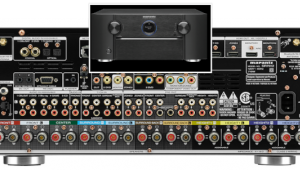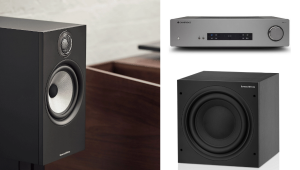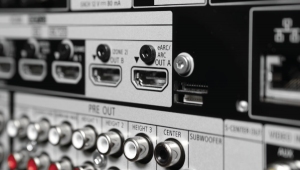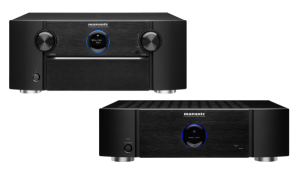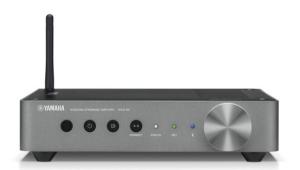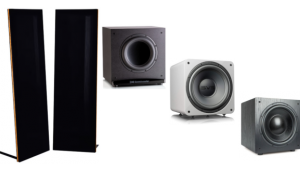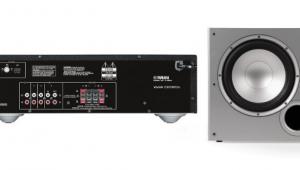What Does a DAC Do?

Q I have a fairly large collection of CDs, all of which have been ripped to lossless WMA format. I’ve come across plenty of discussion of DACs while researching music servers, but I’m confused about why I would need one since I can already listen to digital music files, either through my computer speakers or headphones. Doesn’t that mean what I’m hearing is already in analog form? If so, what need is there to convert it to anything else? —Bill Begg / via e-mail
A A digital-to-analog converter (DAC) does exactly what its name implies: convert digital data—in this case, audio files—into analog format. And since hearing is an analog activity, then yes, the sound you experience when you play digital music through your computer speakers or headphones has already been converted from digital data to an analog waveform by a DAC in your computer.
Here’s the reason why you’ve come across so many DAC discussions during your music server research: Not all of them deliver the same sound quality. There’s a whole category of high-performance external DACs available at a range of price points that can provide improved audio quality over the stock converter in your computer’s sound card. Such DACs connect to your computer’s USB port and provide an analog stereo output to link to a speaker system. Many also provide a headphone output.
So the issue with DACs isn’t about converting digital music files to something other than analog audio; it’s about different implementations providing different levels of sound quality. Most people get along just fine with the audio put out by their computer’s sound card, but those seeking an improved experience when listening to music at their desktop, via headphones, or even through their main sound system would be advised to check out external DACs.
